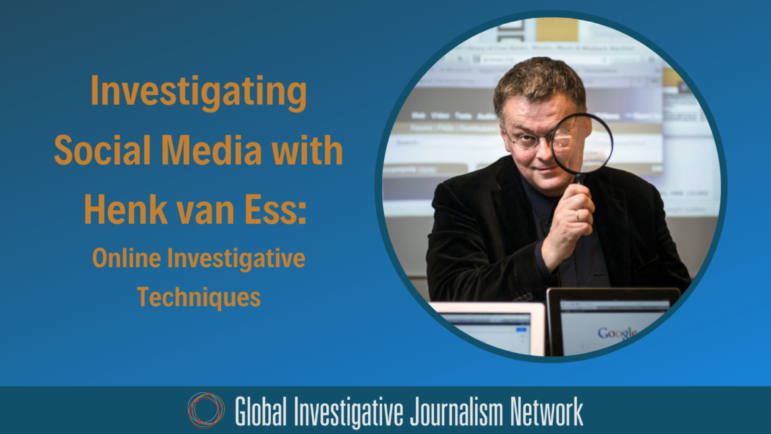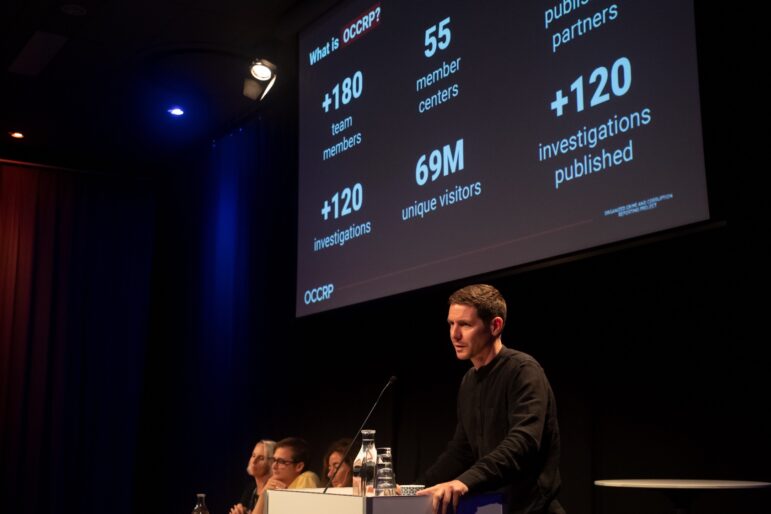

Image: Screenshot, KCNA Watch
Dissecting Propaganda: Using AI to Cut Through North Korean TV Spin
Accessing information from isolated nations like North Korea is difficult.
However, cutting-edge AI tools now enable efficient analysis of foreign language video broadcasts, providing insights into a country’s internal dynamics. Here’s how you can leverage these AI tools yourself.
To demonstrate the power of these tools, I decided to put them to the test by analyzing a recent two-hour, 42-minute North Korean state TV broadcast. The process involved several steps, each utilizing different AI-powered software to streamline the analysis.
Getting the Video The first hurdle was obtaining the video itself. North Korean state TV broadcasts are often embedded on websites and not directly downloadable.
The first hurdle was obtaining the video itself. North Korean state TV broadcasts are often embedded on websites and not directly downloadable.
Once I had the video file, the next challenge was to transcribe and translate the Korean audio to English. Traditionally, this would have required hours of manual work or hiring a professional translator. With AI transcription apps like Whisper (for Mac) or WhisperTranscribe (online, first 80 minutes free), the process took a mere 13 minutes and 26 seconds for the entire two-hour and 42-minute broadcast. According to a Korean speaker who reviewed the transcript, the AI achieved an impressive 98% accuracy rate.
But the analysis didn’t stop there. I took the translated transcript and fed it into ChatGPT 4.0 (conveniently built into the Whisper app) to detect and analyze the emotions conveyed throughout the broadcast. The AI was able to identify a range of emotions, from collective feelings of patriotism and pride to individual sentiments of sacrifice and determination. This emotional analysis provides valuable insights into the tone and messaging of the North Korean state TV broadcast.
In addition to emotions, we were curious about any specific numbers, statistics, or facts mentioned in the broadcast. The AI was able to extract this information as well, revealing, for example, that the North Korean state is encouraging its population to consume more soy products (which contain isoflavones) to reduce the risk of osteoporosis by 26%. While the accuracy of this health claim (and other details) may be questionable, the AI’s ability to identify such specific information is remarkable.
After extracting the emotions, numbers, and statistics from the transcript, the next step is to perform a semantic analysis. This involves examining the meaning and context of the words and phrases used in the broadcast to gain a deeper understanding of the messages being conveyed.
In the old days, you would use tools like Google’s BERT (Bidirectional Encoder Representations from Transformers). These models are trained on vast amounts of text data and can understand the nuances and contextual meanings of words in a given text.
But the off-the-shelf AI platform Claude.ai can do it too. I asked it to analyze the North Korean state TV broadcast semantically . For example, the semantic analysis might reveal a focus on promoting national unity, emphasizing the importance of loyalty to the state, or highlighting the country’s perceived successes and achievements.
AI language analysis tools are a total game-changer, but we still need real people to double-check the facts and add their own insights. Combining the latest large language model’s with knowledgeable analysts? That combo is straight-up dynamite.
This article first appeared in Digital Digging, Henk van Ess’s newsletter on the Substack platform. It has been lightly edited and is reprinted here with permission.
 Dutch-born Henk van Ess teaches, talks, and writes about open source intelligence with the help of the web and AI. The veteran guest lecturer and trainer travels around the world doing internet research workshops. His projects include Digital Digging (AI & research), Fact-Checking the Web, Handbook Datajournalism (free download), and speaking as a social media and web research specialist.
Dutch-born Henk van Ess teaches, talks, and writes about open source intelligence with the help of the web and AI. The veteran guest lecturer and trainer travels around the world doing internet research workshops. His projects include Digital Digging (AI & research), Fact-Checking the Web, Handbook Datajournalism (free download), and speaking as a social media and web research specialist.















